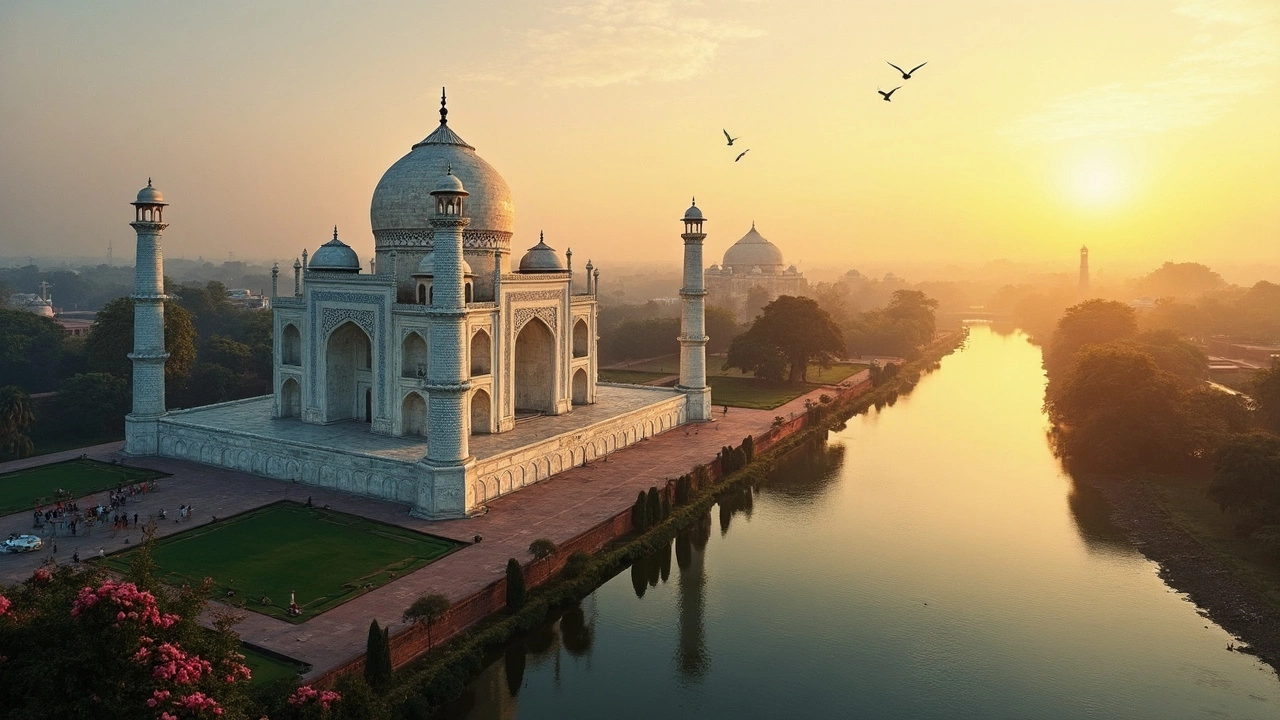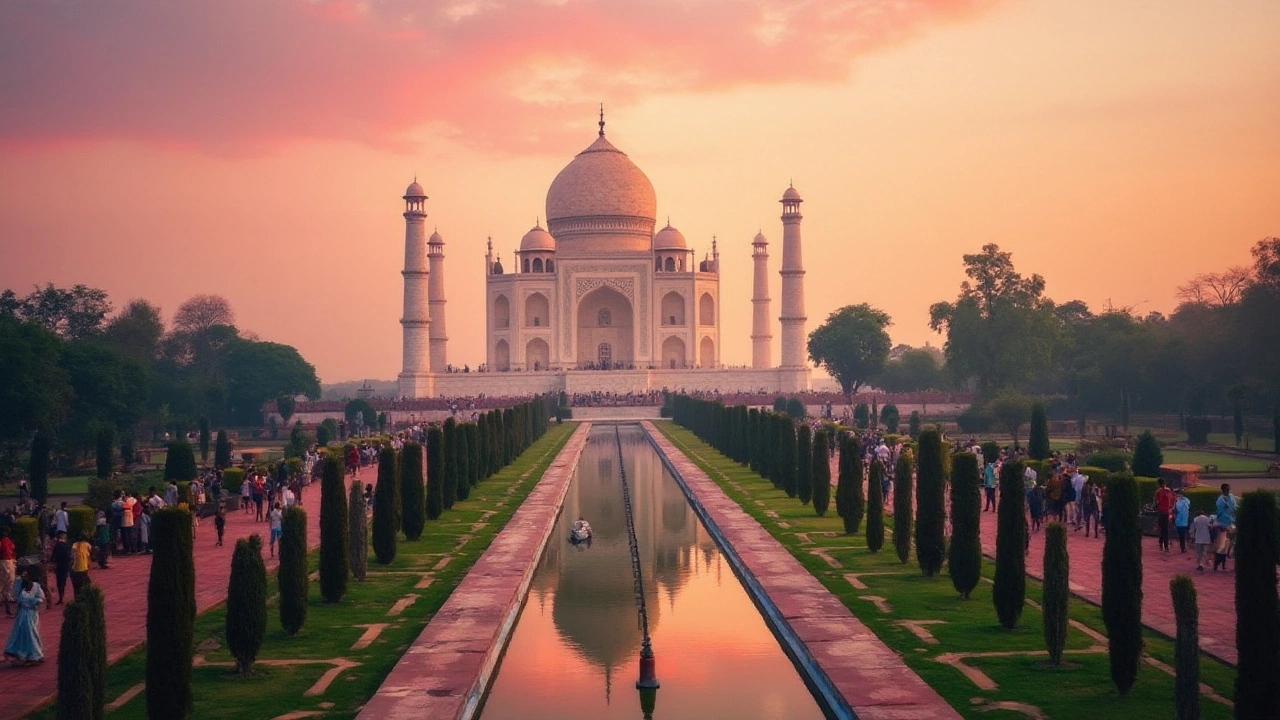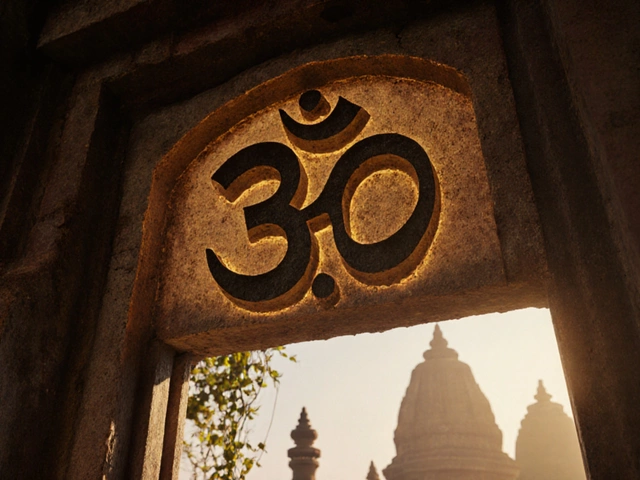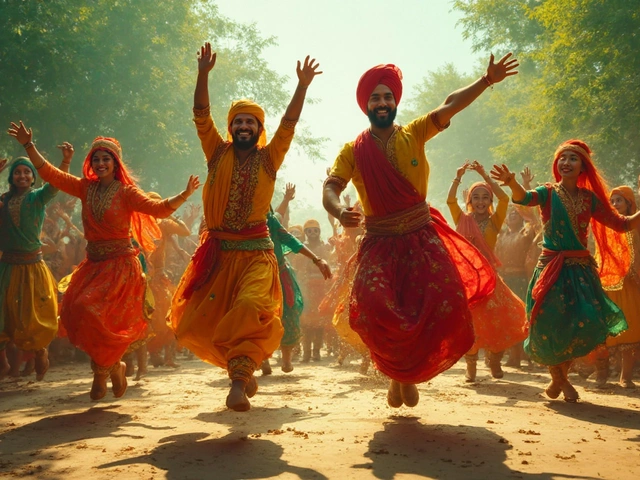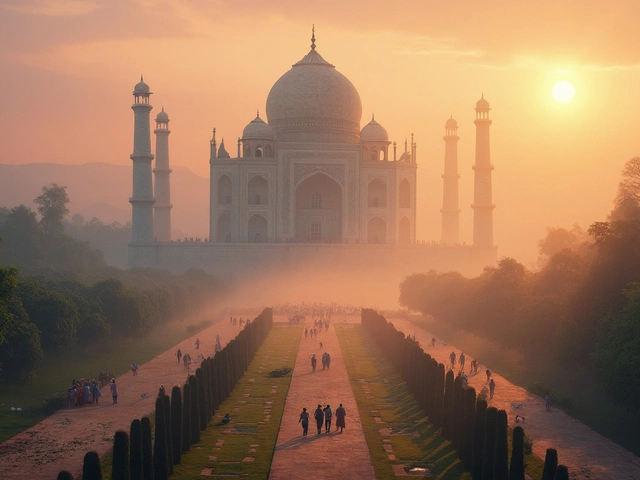Indian Landmarks: Discover the Iconic Sites That Define India's Heritage
When you think of Indian landmarks, monuments and sites that represent India’s historical, spiritual, and architectural legacy. Also known as heritage sites of India, they are more than just photo backdrops—they’re the physical memory of empires, faiths, and artistic genius that span thousands of years. These aren’t just buildings. They’re stories carved in stone, painted in color, and whispered through wind-swept ruins.
Take the Taj Mahal, a white marble mausoleum in Agra built by Emperor Shah Jahan for his wife Mumtaz Mahal. It’s not just beauty—it’s a love letter in architecture. Then there’s the Red Fort, the 17th-century Mughal fortress in Delhi that once housed emperors and now stands as a symbol of India’s independence. You’ll find the Khajuraho temples, a cluster of Hindu and Jain temples in Madhya Pradesh famous for their intricate erotic sculptures and spiritual symbolism. And don’t forget Hampi ruins, the vast remains of the Vijayanagara Empire in Karnataka, where boulder-strewn landscapes hide palaces, temples, and markets frozen in time. Each of these places connects to a different thread of India’s past—royalty, devotion, art, and daily life.
What makes these landmarks stand out isn’t just their age. It’s how they’re still part of living culture. People pray at the same steps where kings once walked. Festivals bloom around ancient pillars. Tourists come for the view, but locals come for the meaning. You’ll find that many of the articles in this collection explore how these sites influence modern identity—from how they’re preserved, to how they’re misunderstood, to how they shape travel, art, and even dress codes in nearby towns.
Some posts dive into the hidden stories behind these places—the forgotten artisans who carved the temples, the rituals still performed at sunrise, the local foods sold near the gates. Others compare regional styles: why a temple in Tamil Nadu looks nothing like one in Rajasthan, even if they’re from the same century. You’ll learn why some landmarks are protected, why others are fading, and how everyday Indians relate to them—not as monuments, but as home.
Whether you’re planning a trip, writing a paper, or just curious about what makes India’s past so visible today, this collection gives you the real context behind the postcards. No fluff. No clichés. Just the facts, the stories, and the people who keep these places alive.
